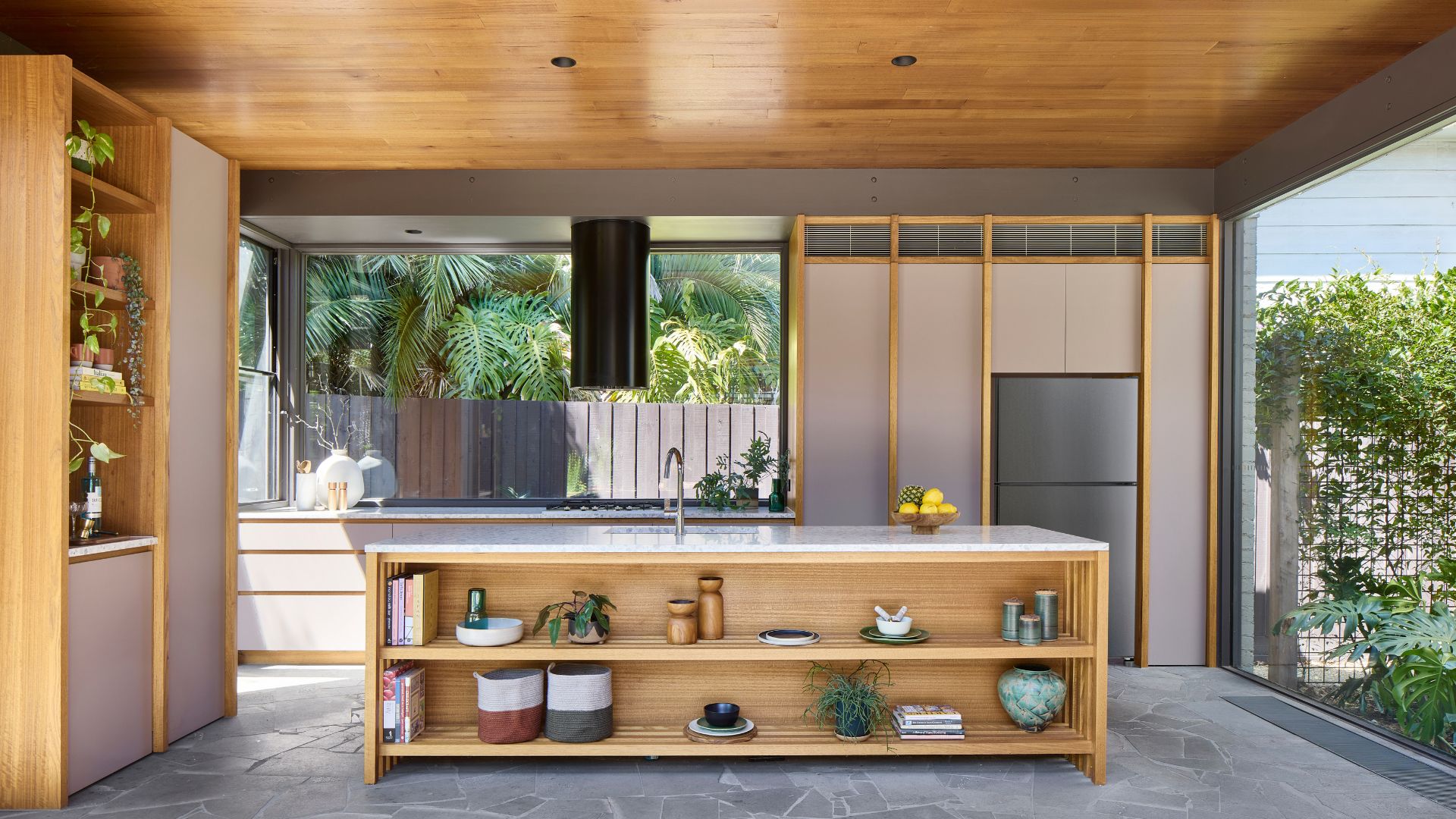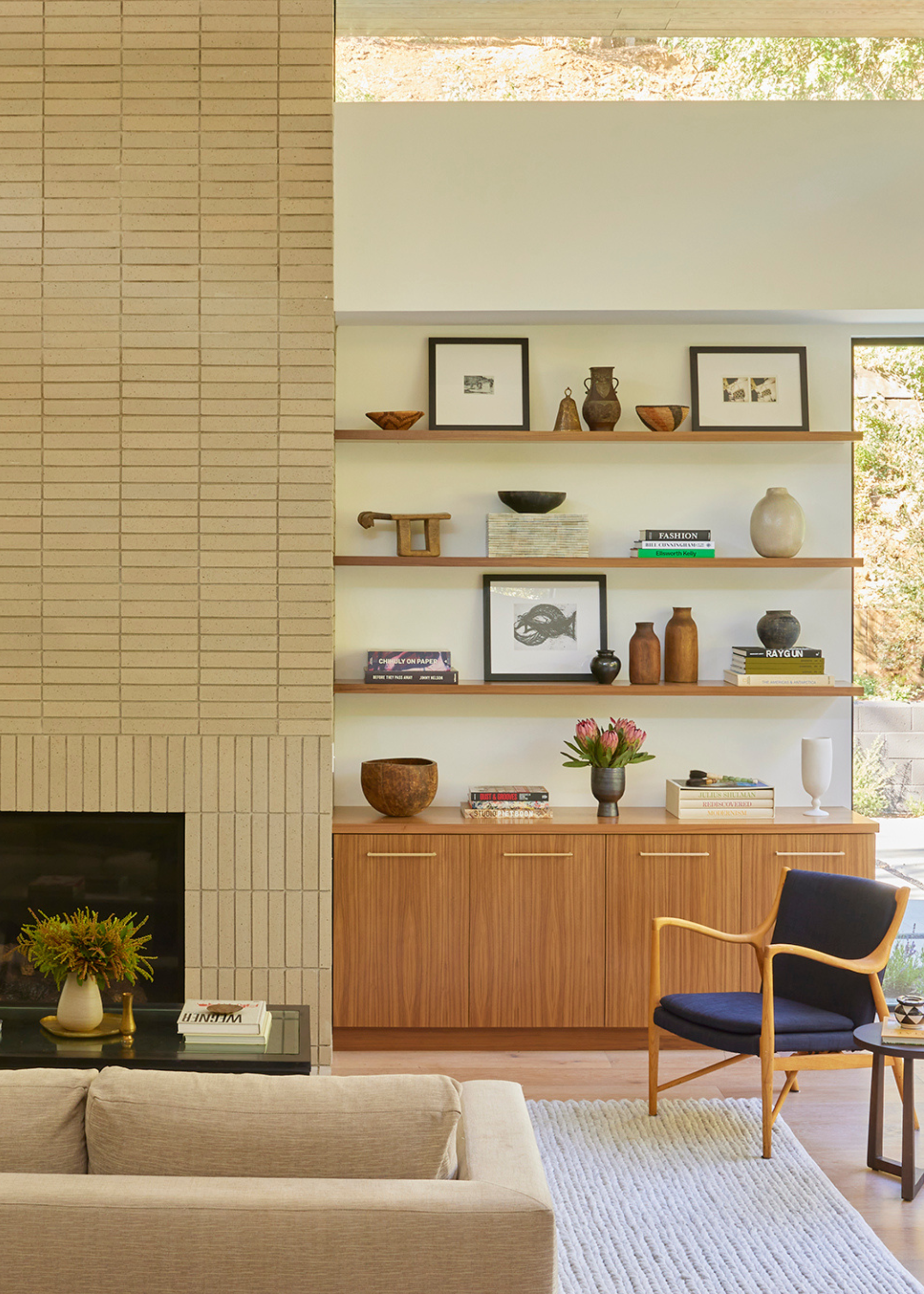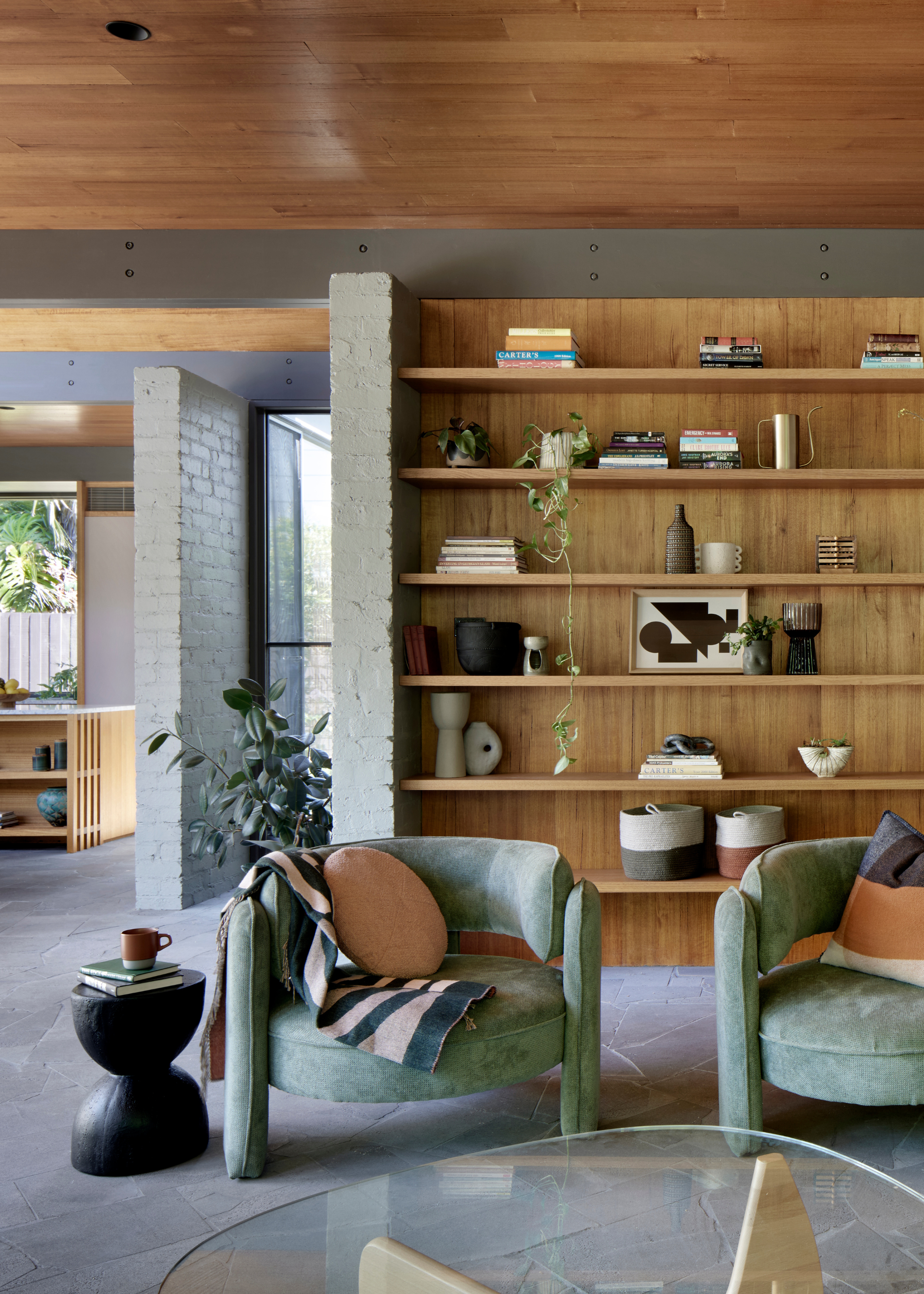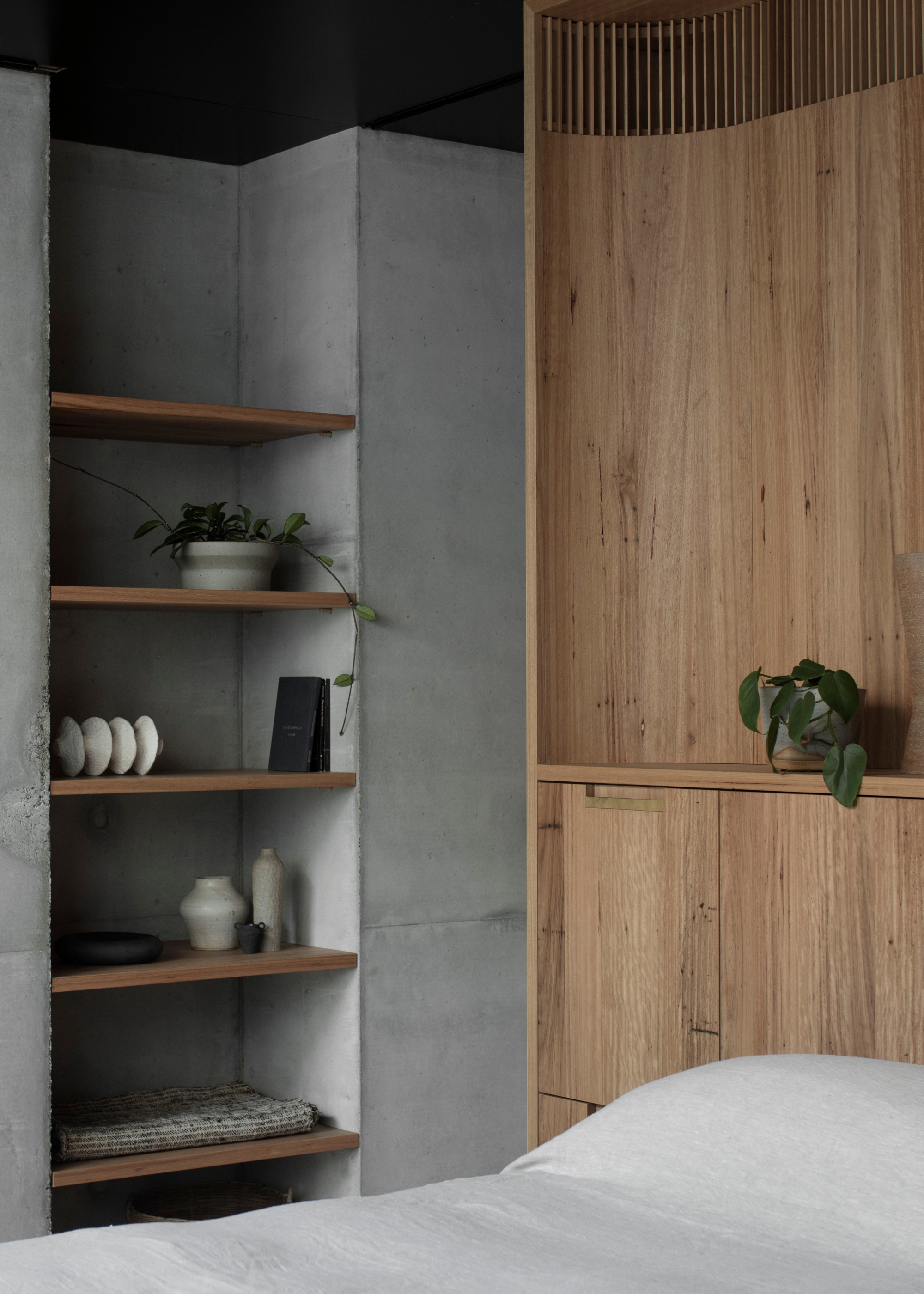
With the growing importance of making a conscious shift towards sustainability, it was only a matter of time before this eco concept made its way into the world of decluttering. And I'm pleased to say the time has come.
Biophilic decluttering is the trend everyone is talking about, and if you ask me, it has come at just the right time. With spring cleaning in full swing, as you declutter your home, you can utilize this brilliant concept to pare back your home and connect your interior space to the outdoors.
But what is biophilic decluttering, and why is it worth adopting as a technique? Here's what the experts have to say.
What is Biophilic Decluttering?

"Biophilic decluttering is essentially the idea of simplifying your space while introducing natural elements that help you feel calm and grounded," says professional organizer Meaghan Kessman.
"Think less clutter, more nature by featuring decorative accents of wood, a couple of lush houseplants, and plenty of light."
Biophilic design has been around for a while now, but it has only become increasingly popular over the years. And this environmentally connected and often conscious trend is now spilling into the home organization space.
Andrea Lewis, founder of The Organised Curator, also defines biophilic decluttering as the process of bringing the outdoors in with natural colour palettes, plants, and storage that has been inspired (and made) by nature.
"In a world where we’re being encouraged to spend as much time outdoors as possible to prioritise our mental health, it’s no wonder that we’re investing in our homes more than ever with materials inspired by nature," she adds.
Although decluttering and minimalism tend to go hand in hand, biophilic decluttering offers some room to reintroduce decorative accents that root the space in charm.
How Can You Practice Biophilic Decluttering at Home?

Meaghan explains that practicing biophilic decluttering is quite easy and immensely rewarding, too. And considering the give and take that comes with this technique, I'd agree.
"Start by clearing the surfaces, paring things down, and being intentional about what you keep out on display," she says. "Then add in natural textures with a wooden bowl, a few plants, soft linen. It’s about creating space to breathe, both visually and mentally."
So, whether you're looking for decluttering products to improve the storage in your home or decorative ornaments to adorn the excessive free space you've found post-clutter cut, this is a technique worth adopting.

Andrea points out that we no longer have to resort to storage solutions that are solely made out of plastic.
"The market is saturated with beautiful alternatives made out of natural materials," she says. "For instance, straw, bamboo, and a personal favourite of mine, which is seagrass.
"Biophilic decluttering encourages you to swap out plastic boxes with baskets made of natural materials to enhance your connection with nature. By prioritising natural materials and neutral colour palettes, we are encouraged to let go of unnecessary items that no longer serve us purpose."
So if you're interested in practicing biophilic decluttering, I recommend investing in beautiful storage buys like rattan home accessories. Or, you can take a peek into my shopping basket below.
Color: Beige
This Large Braided Storage Basket from H&M is a brilliant example of a biophilic decluttering buy to organize your home in style.
Color: Light Beige
I love this Wooden Shelving Unit from Zara Home. It's simplicity done right and is the perfect addition to a kitchen or an entryway.
Size: Small
This Gavivi Mango Wood Stand from nkuku is a favorite of mine. I recommend using it as a catchall for your keys or displaying it as a fruit bowl.
Biophilic decluttering is not a ticking trend by any means. Its ability to reduce clutter and ground indoor ambiance makes it a technique worth trying. And the benefits are three-fold.
For one, you have a home that's less littered with clutter. Secondly, it will result in an interior space that's cozy and rooted. And lastly, the shift towards a more sustainable lifestyle is probably the biggest benefit of all.
So I'd say that's a win-win-win situation all around.







